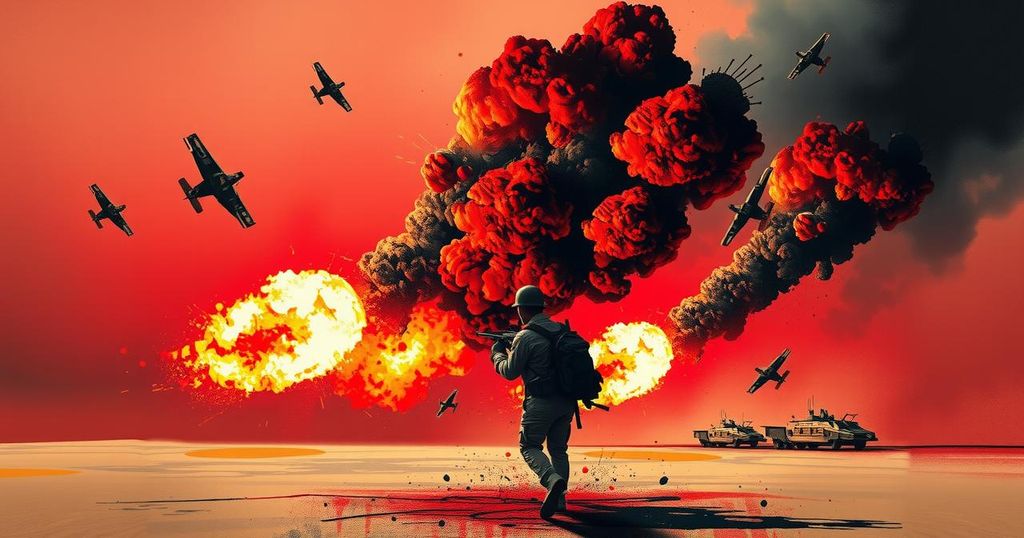CIA Director Briefs Lawmakers on Iran’s Nuclear Program Dilemma

- CIA Director John Ratcliffe provides lawmakers with insights into recent military strikes against Iran’s nuclear program.
- President Trump claims the Iranian metal conversion facility was obliterated, marking a significant setback to Tehran’s nuclear ambitions.
- IAEA’s Rafael Grossi warns that, despite destruction, some of Iran’s nuclear capabilities still exist.
CIA Director’s Briefing on Military Strikes
Major tensions come to the forefront as CIA Director John Ratcliffe provided a detailed briefing to U.S. lawmakers about the recent military strikes on Iran’s crucial nuclear infrastructure. The strikes specifically targeted the lone metal conversion facility in Iran, which Ratcliffe claims has suffered significant damage, posing a formidable obstacle to Tehran’s nuclear ambitions. These developments were shared at a classified session that happened last week, stirring various reactions from lawmakers who were understandably skeptical about the effectiveness and outcomes of such military actions.
Impact of Strikes on Iran’s Nuclear Capabilities
During a media appearance on Fox News, President Donald Trump remarked that the operation was of unprecedented scale, stating that the facility was ‘obliterated like nobody’s ever seen before.’ This level of destruction means Iran’s capacity for weapons development has been substantially impaired, at least temporarily. Meanwhile, the CIA estimates that significant quantities of Iran’s enriched uranium remain preserved under the debris of facilities at Isfahan and Fordo, two landmarks in Iran’s nuclear push that were targeted in the strikes. Critics, including Rafael Grossi, head of the International Atomic Energy Agency (IAEA), have also voiced concerns regarding the extent of the destruction, insisting some capability persists, so Iran could reactivate its efforts if they desired.
Continuing Risks and Future Implications
While Secretary of State Marco Rubio suggested that the U.S. strikes had completely wiped out the metal conversion facility, saying it had been entirely ‘blackened out,’ Grossi pointed out that not all was lost for Iran. The capability to enrich uranium still exists, meaning that if there is a will, they could resume their activities. Ratcliffe’s assessment suggested that Iran’s air defenses have been decimated, granting Israel a clearer path for future operations. An Israeli military official has also echoed sentiments that Iran’s ability to enrich uranium to weapons-grade has been neutralized for a significant amount of time, thus aligning with U.S. assessments on the issue and overall levels of damage inflicted on Iran’s nuclear program, including the loss of key personnel and setbacks to the missile production infrastructure.
In summary, CIA Director John Ratcliffe’s disclosures underscore a profound setback for Iran’s nuclear program in light of recent strikes. While some capabilities remain intact, immediate threats have diminished significantly, according to U.S. officials. Diplomatic pathways remain crucial, as both the destruction of facilities and the knowledge still retained by Iran evoke ongoing concerns about future nuclear ambitions.








